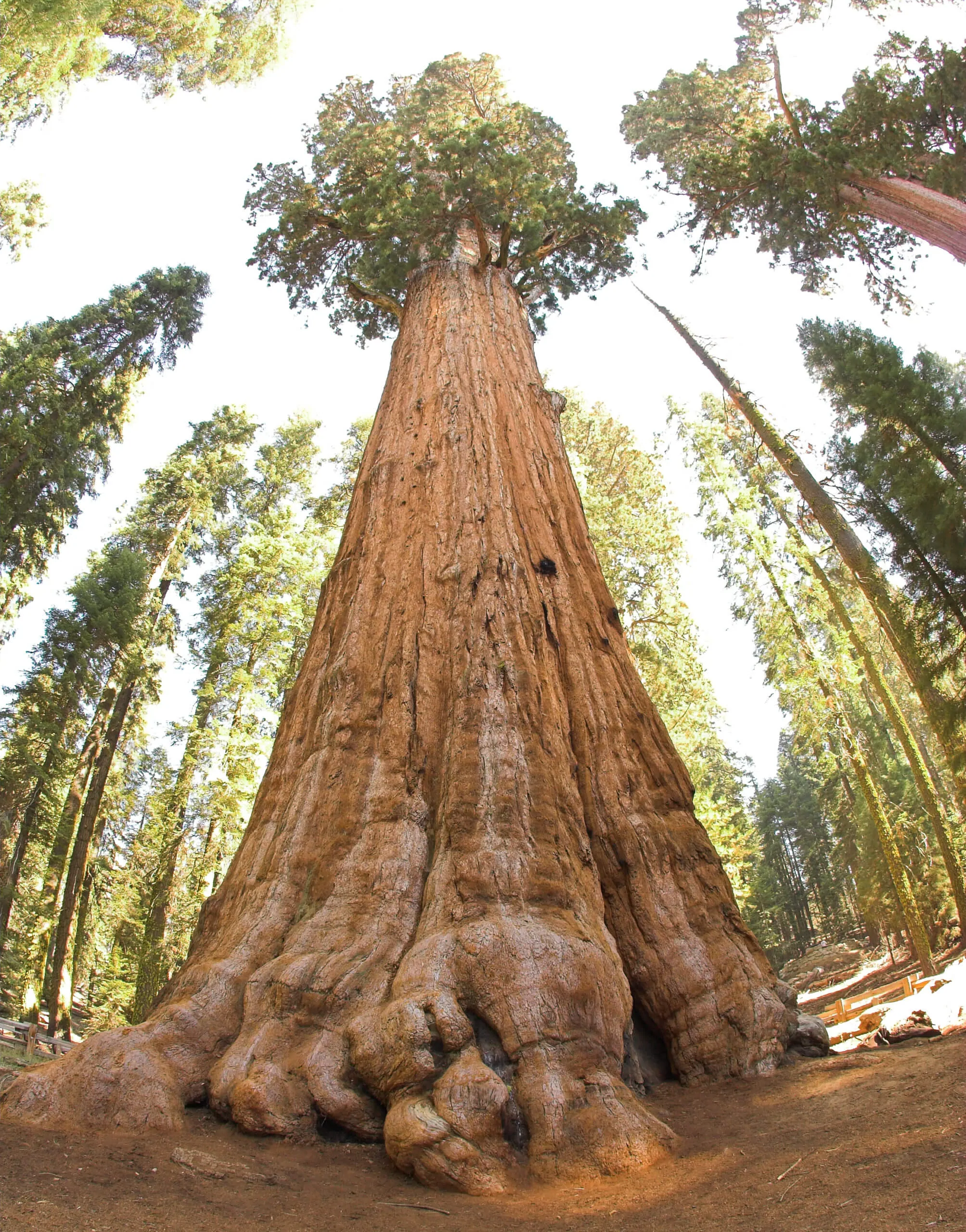Sequoia National Park Address-- Trick Info for Your Trip
Sequoia National Park Address-- Trick Info for Your Trip
Blog Article
Discover the Diverse Wildlife Habitats Within Sequoia National Park
Sequoia National Park is an ecological prize, showcasing an excellent variety of wildlife environments that contribute to its abundant biodiversity. From the impressive huge sequoia woodlands to the diverse alpine fields, each setting plays an essential function in sustaining different varieties, including both typical and uncommon fauna.
Summary of Sequoia National Forest
Sequoia National forest, nestled in the southern Sierra Nevada range of mountains of California, is renowned for its awesome landscapes and looming huge sequoias. Developed in 1890, it is just one of the oldest nationwide parks in the USA, devoted to preserving the natural appeal and eco-friendly honesty of this one-of-a-kind area. The park encompasses over 404,000 acres of diverse terrain, featuring stunning hills, deep canyons, and lavish fields.

Site visitors can explore many treking trails, ranging from leisurely strolls to difficult backcountry routes, each using a distinct point of view of the park's magnificence. With its mix of natural wonders and leisure opportunities, Sequoia National Park works as a vital sanctuary for both wild animals and those looking for to link with nature.

Major Wildlife Habitats
The diverse landscapes of Sequoia National Park produce a mosaic of wildlife habitats that support an abundant selection of species. These habitats range from lush meadows and dense woodlands to rough towering areas and large river valleys, each providing distinct environmental specific niches.
One famous habitat is the gigantic sequoia forest, characterized by towering trees and an abundant understory, which sustains numerous mammals, birds, and pests. The combined conifer woodlands, composed of species such as sugar want and white fir, deal added shelter and food sources for wild animals.
Meadows and meadows play a critical duty in the park's environments, functioning as crucial foraging grounds for herbivores like deer and small creatures. These open locations likewise draw in diverse bird varieties, specifically throughout movement periods.
The park's greater altitudes include alpine habitats, where problems are extreme and types are adapted to survive in such extremes (Sequoia National Park hour). Below, one can locate special plants and fauna that grow in rocky, cool environments
Vegetation and Fauna Variety
Within the diverse ecological communities of Sequoia National Park, a remarkable variety of flora and fauna coexists, showcasing the intricate connections that maintain the park's biodiversity. The park is home to over 1,300 plant types, consisting of the iconic gigantic sequoias, which are among the largest and earliest trees on Planet. These impressive trees offer crucial habitat and food resources for numerous wild animals, promoting an intricate web of environmental communications.
Animal species in Sequoia National forest are similarly varied, with environments ranging from lowland foothills to high alpine atmospheres. Creatures such as black bears, mule deer, and bobcats thrive in this rich environment, while bird varieties, consisting of the magnificent golden eagle and the evasive seen owl, poise the skies. Amphibians and reptiles, like the Sierra newt and the western rattlesnake, likewise play crucial duties in keeping ecological balance.
The park's unique combination of elevation gradients and microclimates supports these varied species, highlighting the significance of protecting the natural habitats that allow such a rich tapestry of life to thrive. Comprehending this diversity is vital for valuing the environmental relevance of Sequoia National Park.
Conservation Efforts in the Park
Conservation efforts in Sequoia National forest play an essential role in safeguarding its distinct environments and the diverse species that inhabit them. The park uses a complex technique, including environment reconstruction, types keeping an eye on, and invasive species monitoring. These campaigns are important for preserving the delicate equilibrium of the park's communities, which include giant sequoias, fields, and alpine environments.
Energetic repair tasks concentrate on reestablishing indigenous plant areas and refurbishing abject habitats. Sequoia National Park hour. This is specifically crucial in areas influenced by human task or natural disturbances such as wildfires. The park's biologists perform routine surveillance This Site of crucial varieties, including the threatened Sierra Nevada bighorn sheep, to evaluate populace health and wellness and notify management strategies
Intrusive varieties pose a significant danger to the park's biodiversity. Through these comprehensive efforts, Sequoia National Park makes every effort to shield its abundant all-natural heritage for future generations while making certain the strength of its diverse wildlife environments.
Tips for Wildlife Observation
Observing wildlife in Sequoia National forest offers an one-of-a-kind opportunity to get in touch with nature and value the varied varieties that thrive in this remarkable habitat. To optimize your wild animals monitoring experience, think about numerous vital pointers.
First of all, strategy your go to throughout morning or late mid-day, as these times are most energetic for several animals. Bring field glasses to observe wildlife from a safe distance without disrupting their natural habits. Additionally, acquaint on your own with the types you intend to see; recognizing their routines and habitats can improve your chances of finding them.
Perseverance is essential; wild animals observation commonly calls for waiting quietly and being mindful of your environments. Remain on designated routes to lessen your influence on the ecological community and ensure your safety. It is additionally advisable to preserve a respectful range from animals, staying clear of any kind of activities that could stress them or disrupt their atmosphere.
Last but not least, take into consideration signing up with assisted trips led by knowledgeable park rangers. These experts can give important insights and boost your possibilities of witnessing wildlife in their natural setups. By adhering to these suggestions, you can enrich your experience and add to the conservation of Sequoia's wild animals.

Final Thought
Sequoia National Park offers as a vital shelter for diverse wildlife, showcasing a remarkable variety of habitats that sustain numerous varieties. Eventually, the park's biodiversity highlights the relevance of preserving such natural landscapes for future generations.
Please visit one of our local supporters - Https://wholesaleliquidationpallet.com/shop/
Report this page